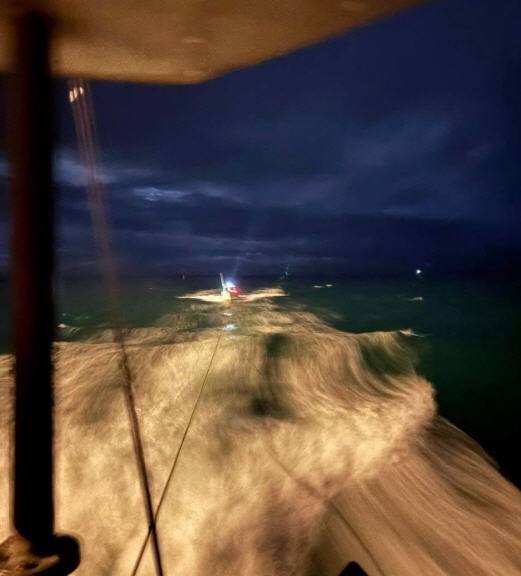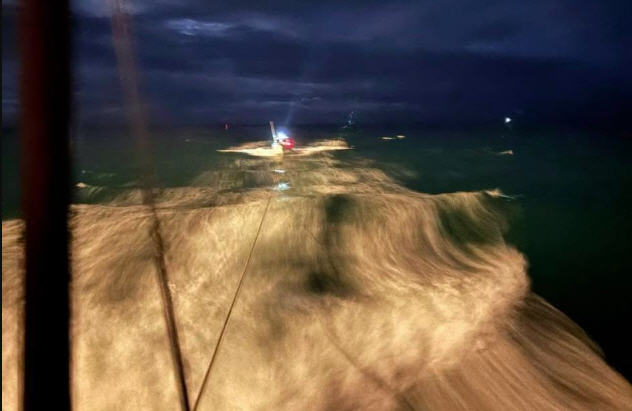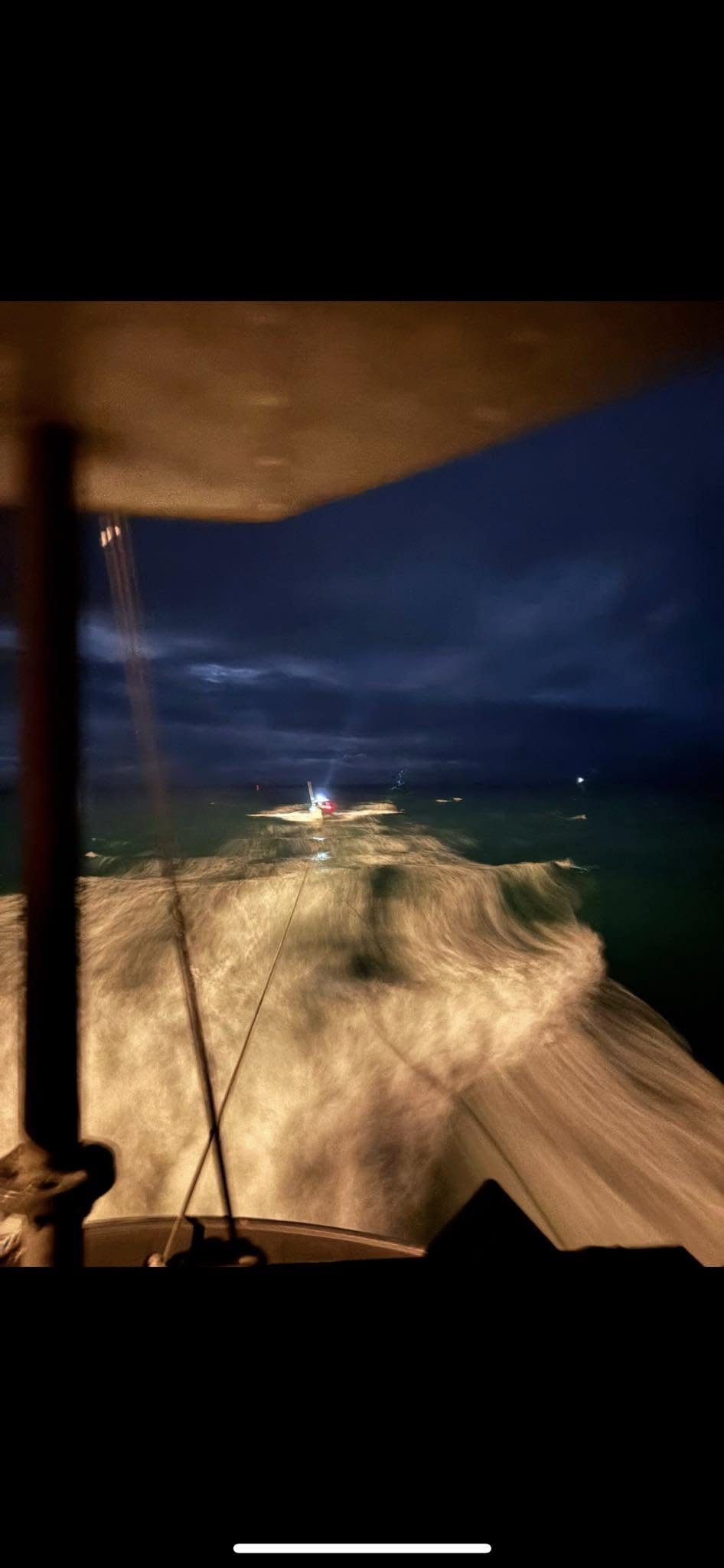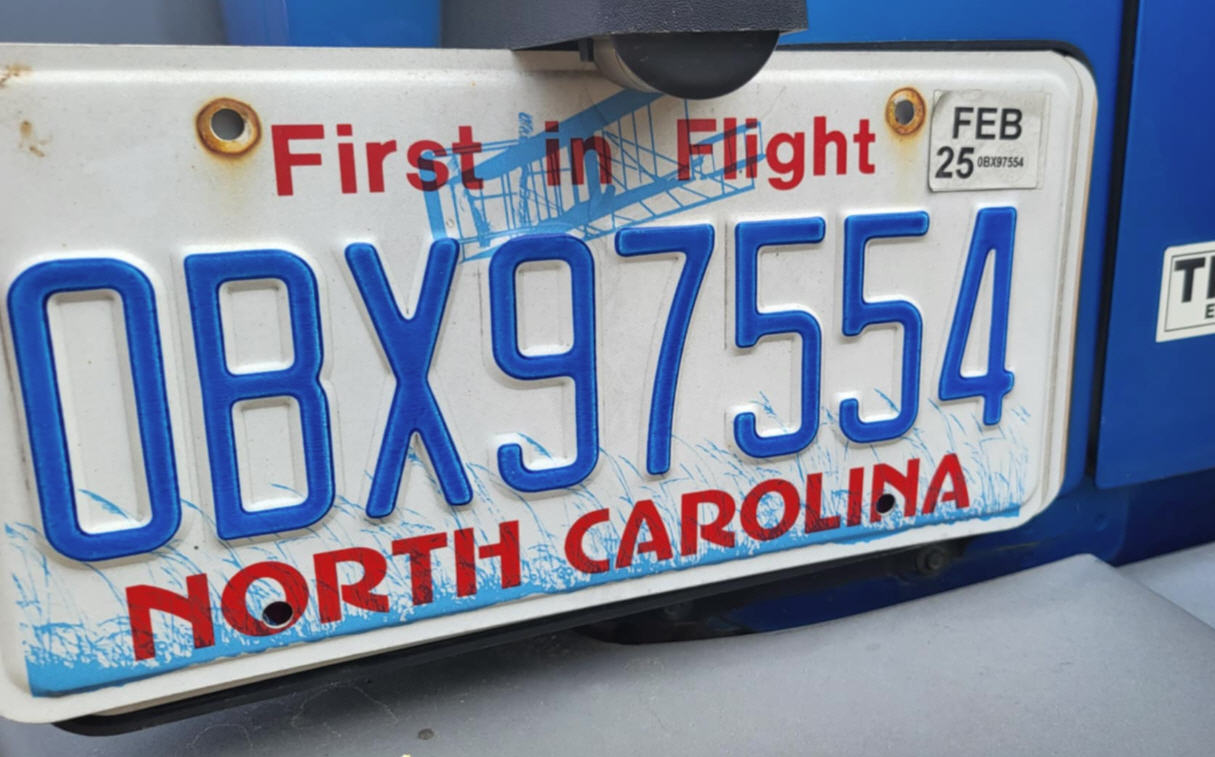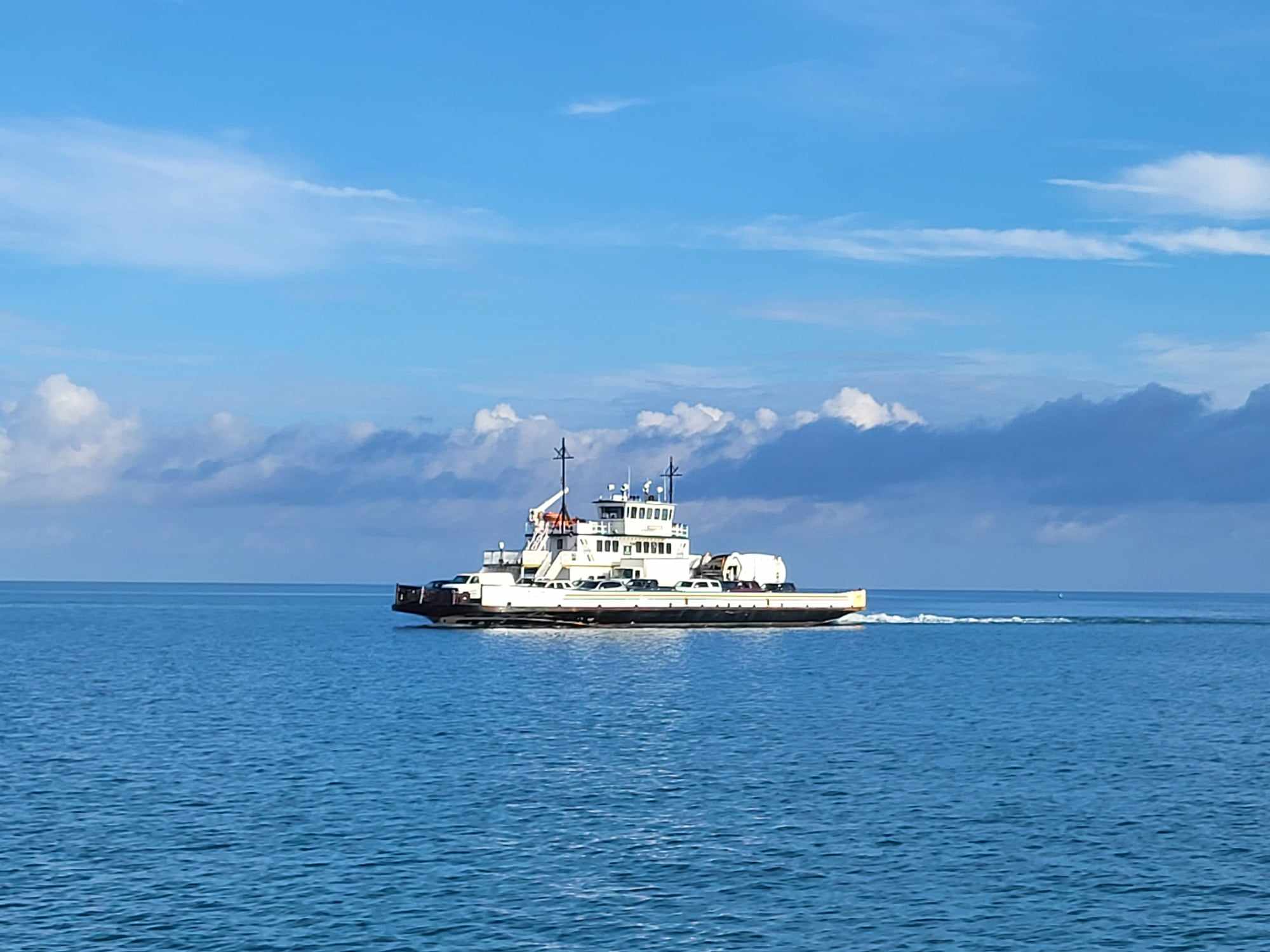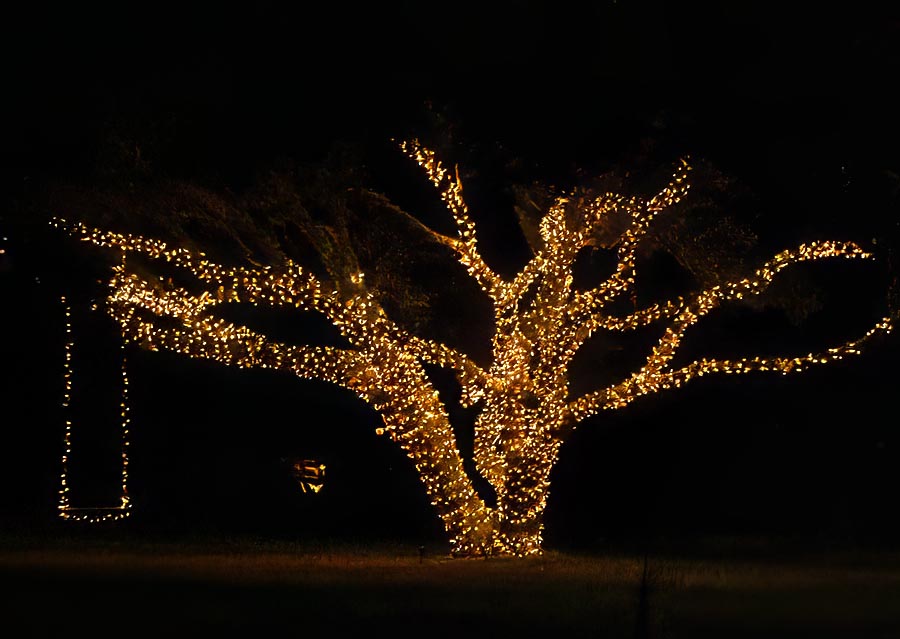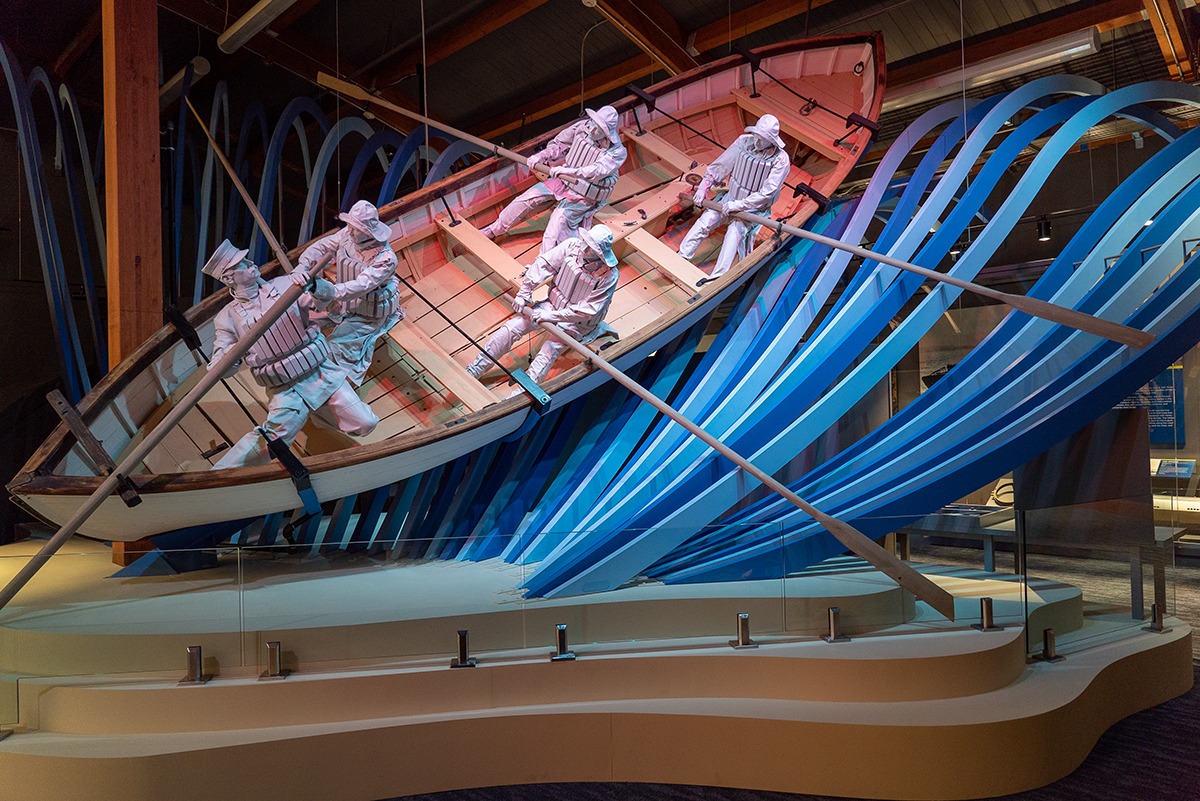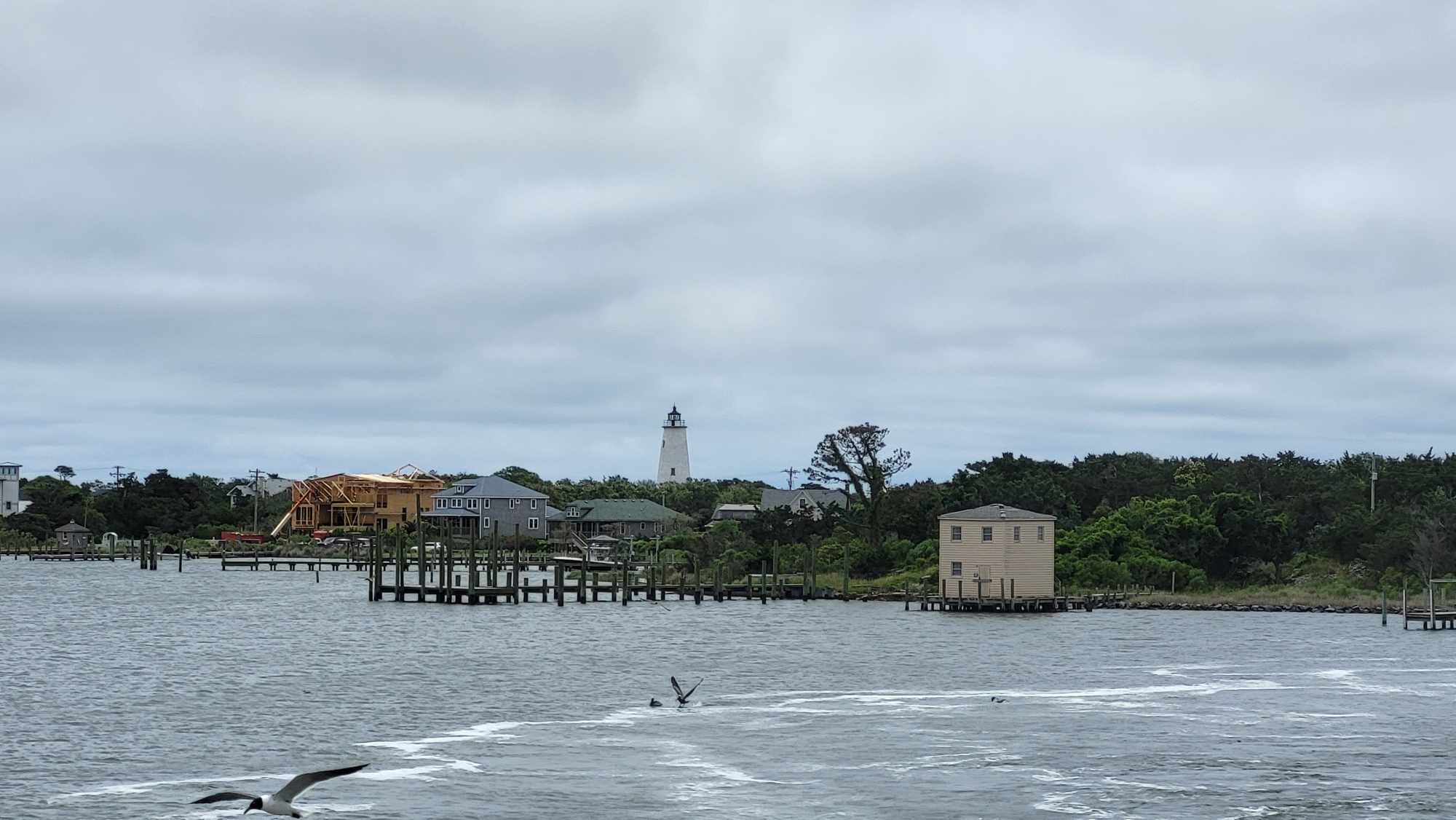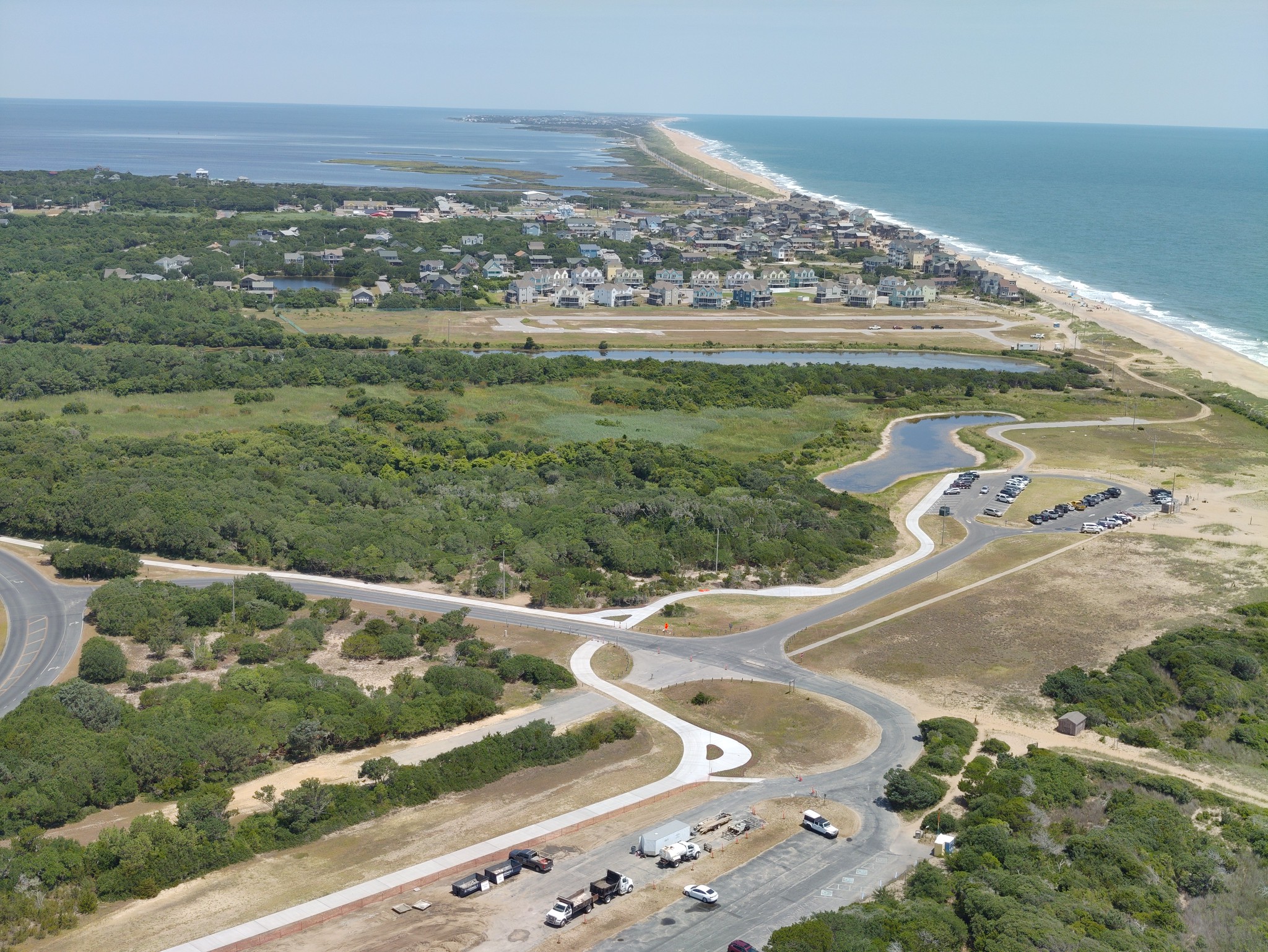Clams Can Boost Seagrass Restoration: Study

by Lena Beck
Coastal seagrass beds are critical parts of ecosystem function. Seagrasses are a foundation species, providing essential habitat for fish and birds, protecting against erosion and improving water quality.
A study published recently in Frontiers in Marine Science called “Inclusion of Intra- and Interspecific Facilitation Expands the Theoretical Framework for Seagrass Restoration” took a closer look at restoration methods.
Despite the critical functions they provide for the ecosystem, 29% of global seagrasses have been lost or converted as a result of things like climate change, pollution and habitat destruction. Efforts to restore seagrass have a two-thirds failure rate.
The lead author, Dr. Y. Stacy Zhang, currently at the University of North Carolina Chapel Hill Institute of Marine Sciences in Morehead City, wanted to investigate how restoration efforts usually take place, and how they might be improved by different planting strategies. She conducted the research while a doctoral student at Duke University Marine Lab in Beaufort.
The study documented two direct experiments as well as a global survey of others who have worked in seagrass restoration.
For the survey, Zhang and her team reached out to 750 individuals and organizations involved in restoration in 23 countries. Of those, Zhang received 152 responses. Participants filled out a 20-question form about their restoration strategies and practices. Demographically, respondents included academic, nonprofit and governmental agencies.
The results indicated that 86% of respondents planted using dispersed arrangements, as opposed to planting large patches of seagrass. Additionally, efforts rarely attempted to restore seagrass alongside other species from the natural habitat.
Zhang hypothesizes that there could be different reasons why more people don’t attempt multispecies restoration. One reason could be funding constraints. This is a factor that Zhang keeps at the forefront of her research.
“For restoration to be successful, it has to be cost-effective, and produce yields,” Zhang said. “I think that’s sort of the goal that we are trying to reach with a lot of our seagrass restoration experiments.”

The survey indicated that the current theoretical framework used for coastal restoration is derived from forestry science. These strategies aim to decrease environmental stressors by trying to minimize competitiveness amongst species. But this framework has still resulted in a high failure rate for seagrass restoration projects. According to Zhang, this means it is necessary to figure out some new ways to improve the chances of successful restoration.
To this end, Zhang experimented with different intra- and interspecific planting arrangements. An “interspecific” approach means planting different species alongside each other. In the case of this experiment, Zhang implemented the use of clams in some of the seagrass plots. The “intraspecific” approach meant planting members of the same species alongside each other, instead of in a dispersed arrangement.
They tried both of these approaches in a couple of different treatments, both with plots of seagrass seeds and with adult outplant shoots.
What they found was that interspecific planting significantly aided in the growth of the seagrass seeds, both in shoot size and patch expansion. On average, seed patches with clams expanded by 500%, while those without barely changed.
Transplanted shoots weren’t significantly affected by clams. Zhang hypothesizes that seagrass seeds have different nitrogen needs than more mature plants. The clams were able to facilitate a boost in nitrogen for the seeds. By contrast, intraspecific planting — large, intact plots of seagrass as opposed to dispersed planting arrangements — helped the adult outplant shoots grow faster and expand in patch size. Altogether, the study shows that positive species interactions maximize restoration productivity. They could even increase resilience across the whole ecosystem.
Zhang said she didn’t expect the results to be as dramatic as they were.
“What we really ended up seeing instead was almost that it was changing the trajectory of these experimental restoration plots from failure to success,” Zhang said.
According to Dr. Shelby Ziegler, postdoctoral research associate at Moss Landing Marine Labs in California, this study is on the forefront of a new wave of seagrass research.
“It’s one of the first studies to look at both inter- and intraspecific facilitation and how that affects restoration,” Ziegler said. “So instead of just restoring one species, you can look at restoring two different types of species or different organisms together, and see how that enhances the overall restoration effects. This could be really important for the future of restoration and how we think about restoration practices.”
North Carolina has one of the highest numbers of seagrass meadows on the East Coast. This fact, plus the plethora of ecosystem services that seagrasses provide, make seagrass an excellent lens for viewing coastal restoration. Ziegler said that seagrass is critical for both ecosystem needs and human activity, though people rarely realize it.
“People don’t realize how important those habitats are to enhancing their everyday livelihood,” Ziegler said.
Seagrass beds provide habitat for waterfowl, which attract hunters to the coast. They also provide shelter to fish like red drum, the official state saltwater fish. And, said Ziegler, when people go out to fish, the effects of seagrass beds on water quality are the reason they can see through the water.
Zhang’s study emphasizes the idea that a multispecies approach to restoration could increase their success rates. This idea is reflected in broader restoration efforts, and has been a growing trend for the last few decades.
According to Zhang, restoration work is currently undergoing a transition from focusing on a single species to a whole ecosystem. The effectiveness of this approach was supported by the results of the study. Positive interactions amongst species can bolster seagrass shoot growth and patch expansion.
Still, the approach is fairly novel when it comes to seagrass, but considering the significance of seagrass in the coastal ecosystem, the implications could be huge, and not just in North Carolina but around the globe.
According to Zhang, taking this type of view and expanding the body of knowledge surrounding inter- and intraspecific planting could help coastal restoration efforts become more effective long term.


